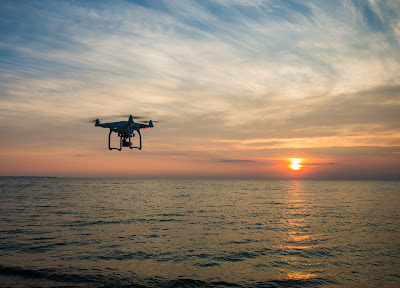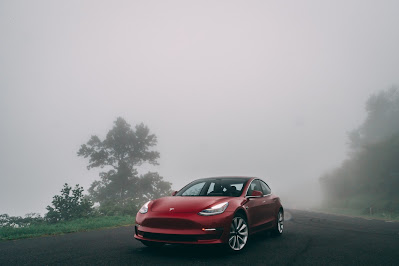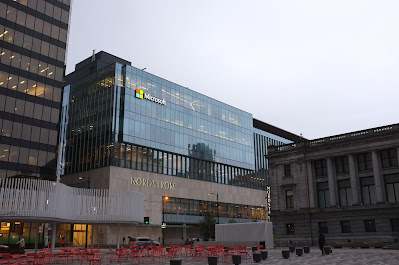Drones

Drones are often seen in photography and filming, giving us a new way to express our creativity. They've been successfully used for search and rescue missions, even (especially) in locations precarious to do by person. But what about its other... perhaps more sinister uses? Tranquil waters. Source: Aaron Burden on Unsplash The Good, Bad, and Ugly How are drones disrupting business, the military, and services like search and rescue? How are drones impacting the legal landscape? I've already briefly mentioned drones in a previous blog post , and today's the day we dive deeper into them. Drones are brimming with potential when it comes to delivery. Businesses like Amazon have already successfully delivered packages in small-scale tests, but regulatory hurdles have stopped it from becoming mainstream (at least, not yet)! This isn't necessarily a bad thing though, as there's plenty of questions that need to be asked and ironed out beforehand. How do we prevent drones ...





